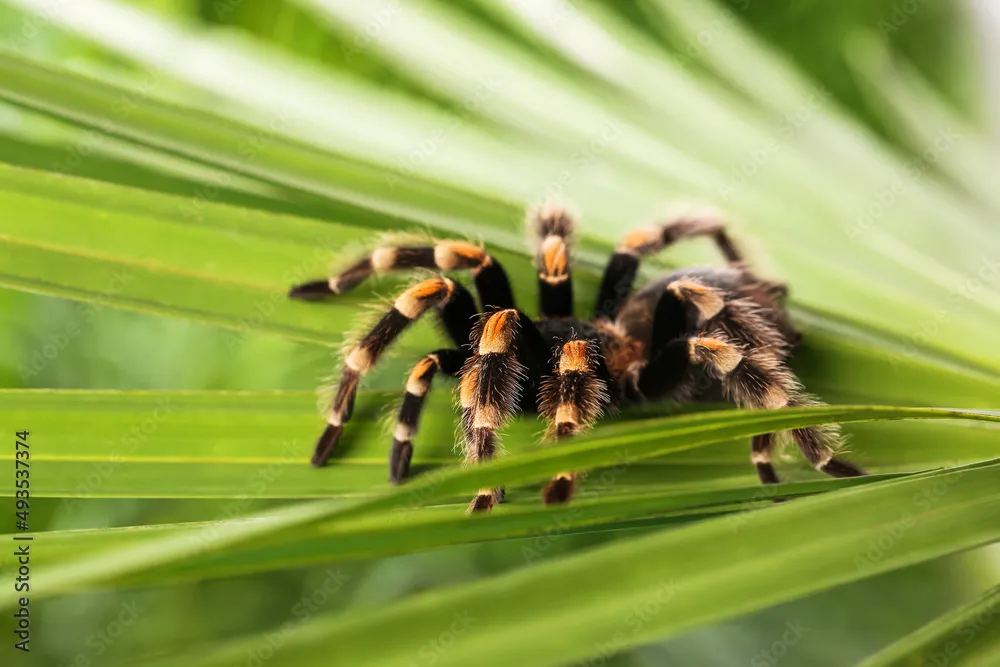What Does a Tarantula Spider Feel Like? The Basics
The question of what a tarantula spider feels like often piques the curiosity of both novice and experienced enthusiasts. The experience is unique and varies based on several factors, including the species, size, and even the individual spider’s mood. Unlike furry mammals, tarantulas possess an exoskeleton, which dramatically influences their texture. This guide provides a comprehensive overview, offering insights into the diverse tactile sensations associated with these fascinating creatures. We’ll delve into the anatomy, explore the variations in texture across different body parts, and discuss the overall experience of interacting with a tarantula.
Understanding Tarantula Anatomy
To understand how a tarantula feels, it’s essential to grasp its basic anatomy. The exoskeleton is the primary structure that determines the spider’s texture, providing both protection and support. Additionally, various other features such as hairs and the different parts of the body each contribute to a unique sensory experience. The following sections provide a detailed look at these key aspects and how they contribute to the overall touch experience.
Exoskeleton Explained
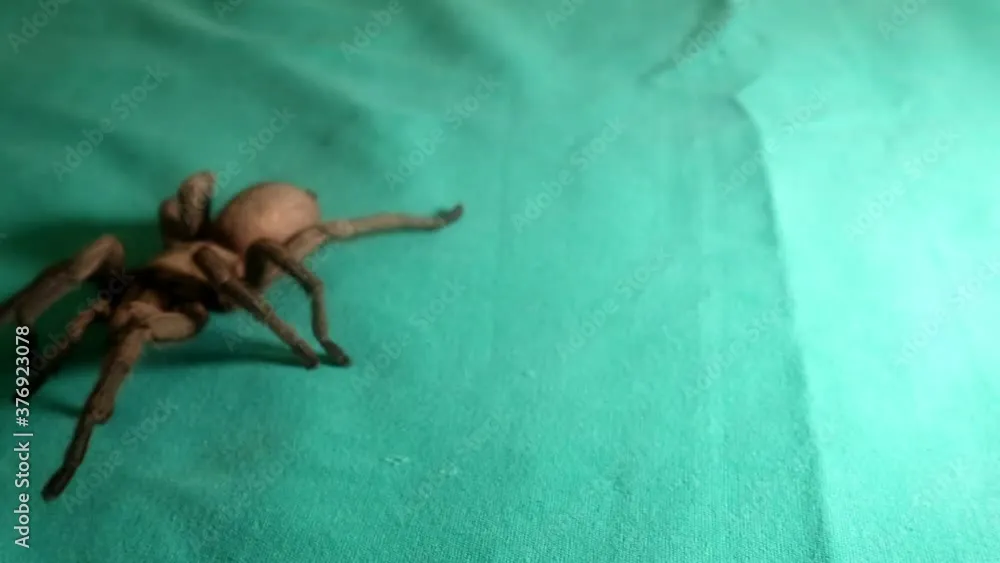
The exoskeleton is the hard, external covering of the tarantula. It’s made of chitin, a tough, durable material. The texture of the exoskeleton can vary, but generally, it feels firm and rigid. It provides crucial protection against predators and environmental hazards. The exoskeleton is not uniform; it has different thicknesses and textures across various body parts. The overall feel is more akin to a smooth, slightly bumpy surface than a soft, furry one.
Hairs and Their Purpose
Tarantulas are covered in hairs, or setae, which serve various purposes. Some hairs are mechanoreceptors, which help the spider sense its environment. Others are urticating hairs, used for defense. The density and type of hairs vary by species and body part. These hairs contribute significantly to the overall feel, creating a slightly textured, sometimes prickly sensation. When touched, the hairs can give a feeling of slight resistance and texture, adding to the unique tactile experience.
Texture Variations on Different Body Parts
The texture of a tarantula isn’t uniform across its body. Different parts have different textures due to variations in the exoskeleton, hair density, and overall structure. Understanding these variations can enhance your appreciation of the tactile experience. The following sections break down the feel of each significant body part.
Legs and Pedipalps
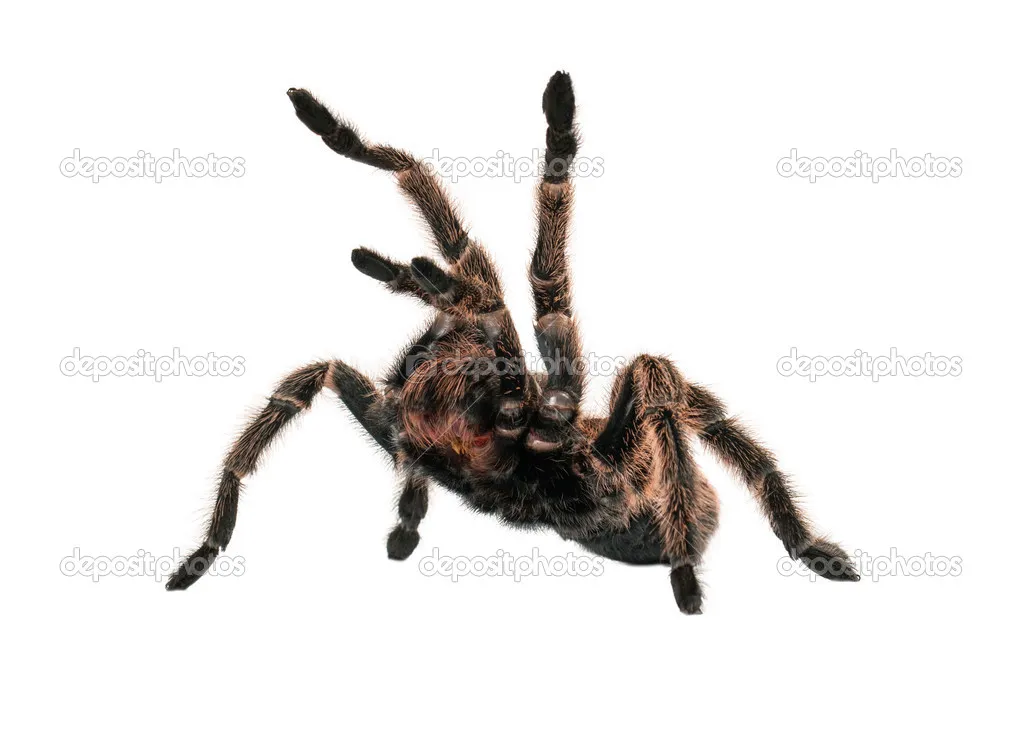
The legs and pedipalps (small appendages near the mouth) generally feel more rigid than the abdomen. The legs, covered in hairs, provide a textured feel, while the pedipalps can be slightly smoother. The texture varies depending on the species and whether the spider is molting. Some tarantula species have more prominent hairs on their legs, creating a more bristly sensation. When touching the legs, you’ll often feel a firm, slightly rough surface, in contrast to the more delicate feel of other body parts.
Abdomen
The abdomen, being softer than the rest of the body, is where the internal organs are housed. The texture is generally less rigid and more flexible compared to the legs or cephalothorax. The abdomen’s surface can be covered in a dense layer of hairs, contributing to a velvety or plush sensation in some species. The exact feel varies, but the abdomen usually feels more delicate and less armored than the rest of the spider.
Cephalothorax
The cephalothorax, or the fused head and thorax, is the most rigid part of the tarantula’s body. It houses the spider’s vital organs, including the brain and heart. The texture is generally firm and smooth, with a slightly textured feel due to the presence of hairs. The cephalothorax provides substantial structural support, giving it a tough feel. When touched, it offers a sense of firmness and protection, which is characteristic of the tarantula’s exoskeleton.
Factors Influencing Tarantula Spider Feel
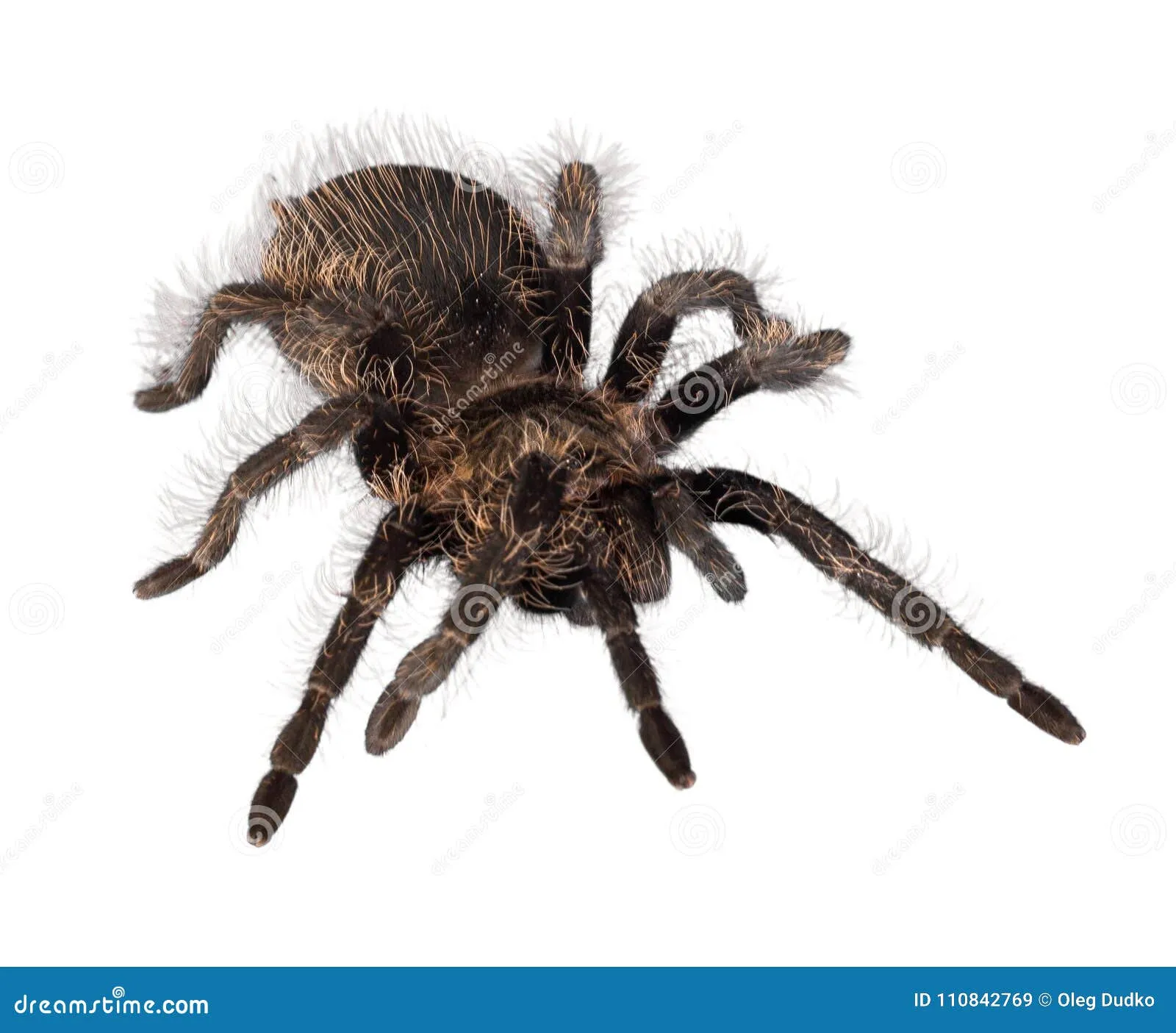
Several factors can influence the feel of a tarantula, including species, age, and molting stage. These elements can significantly alter the texture and overall experience of interacting with the spider. The following sections delve into these key factors, providing insights into how they affect the tactile qualities of the tarantula.
Species Differences
Different tarantula species have unique characteristics that affect their feel. Some species have dense, velvety hairs, while others have a smoother exoskeleton. For instance, some species, like the Grammostola genus, are known for their relatively smooth and less prickly feel. Others, such as the Theraphosa blondi, have coarser hairs. This variation is due to adaptations specific to their natural environments and behaviors. Researching the species can help you anticipate the expected texture.
Size and Age
The size and age of a tarantula also impact its feel. Younger tarantulas, or slings, tend to have softer exoskeletons compared to adults. As a tarantula matures, its exoskeleton hardens. Additionally, the density of hairs can change with age, contributing to variations in texture. Older spiders might have a more pronounced, less flexible feel than younger ones. So, handling a juvenile versus an adult tarantula will provide a significantly different tactile experience.
Molting and Its Effects
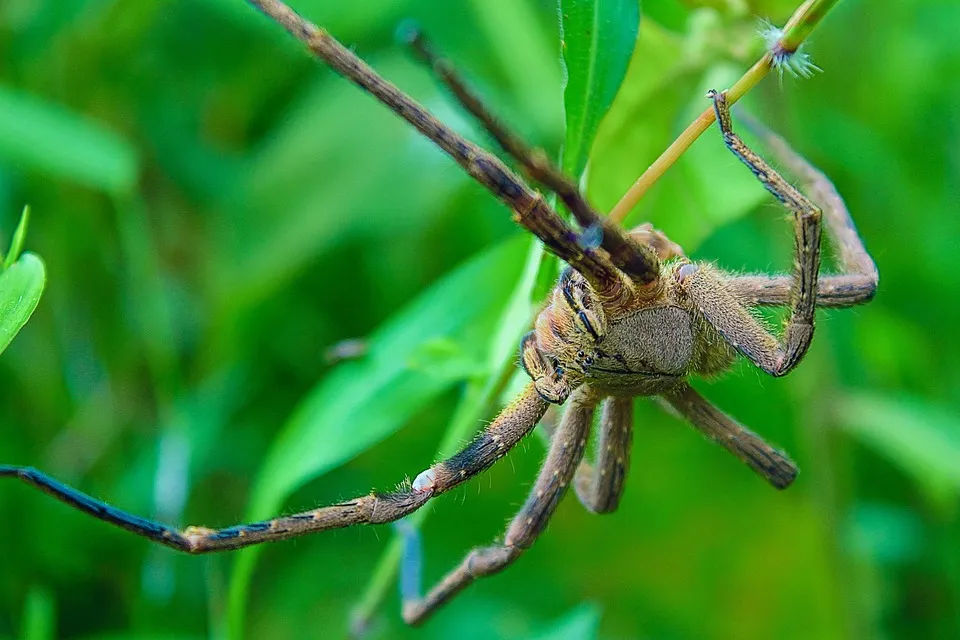
Molting, the process of shedding the exoskeleton, greatly influences the feel of a tarantula. Immediately after molting, a tarantula’s new exoskeleton is soft and pliable. During this period, the tarantula’s feel is noticeably different, being more delicate and vulnerable. The new exoskeleton hardens over several days. The texture changes from soft to firm. Avoid handling a tarantula immediately after molting, as it’s a vulnerable time for them.
The Experience of Holding a Tarantula
Handling a tarantula can be a rewarding experience, but it should be done with caution and respect. It offers a unique opportunity to directly experience the spider’s feel. Safe and considerate handling can be a fascinating way to appreciate these creatures. Here is what to expect when you handle your tarantula.
Preparing to Handle
Before handling a tarantula, ensure that the spider is calm and that you are well-prepared. This includes making sure you know the spider’s behavior patterns. Always wash your hands to remove any scents or substances that might be irritating to the spider. Handle over a soft surface, such as a bed or a low table, in case the tarantula accidentally falls. It is important to approach the interaction calmly and gently.
The First Touch
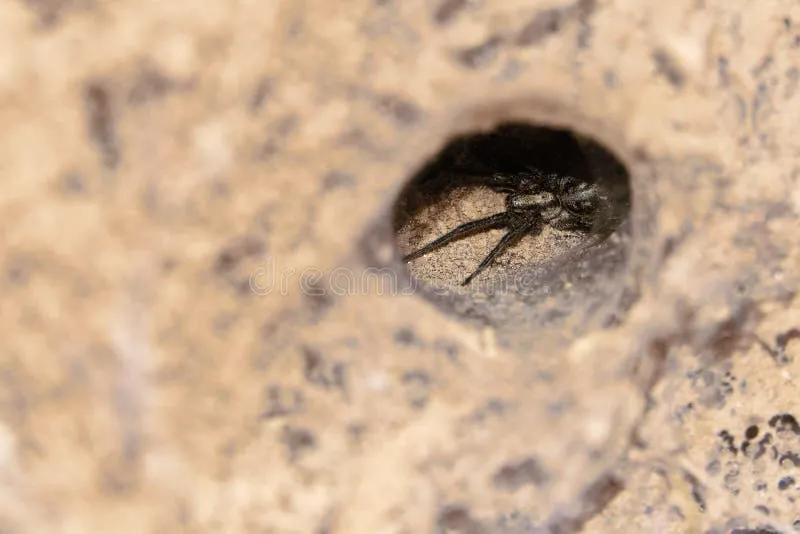
The first touch should be gentle and cautious. Start by touching the spider’s legs or the cephalothorax. This initial contact can help you gauge the tarantula’s reaction. Be slow and deliberate in your movements, allowing the spider to acclimate to your presence. Avoid quick, jerky motions, which could startle the tarantula. Observe the spider’s behavior, and be prepared to stop if it shows signs of distress.
Common Sensations
The sensation of holding a tarantula can be quite varied. You’ll often feel the firm yet somewhat delicate exoskeleton, the gentle texture of hairs, and the subtle weight of the spider. Some people describe the feel as a combination of smooth and slightly rough, or even a little prickly, depending on the species. There may also be a sense of subtle movement as the spider explores your hand. It’s an experience that combines texture, weight, and a unique connection to a fascinating creature.
After the Experience
After handling your tarantula, carefully return it to its enclosure and observe its behavior. Wash your hands thoroughly, particularly if you touched the urticating hairs, as these can cause irritation. Monitor the spider for any signs of stress, such as defensive posture or erratic behavior. Also, pay attention to any reaction on your skin, such as itching or irritation. Keep the experience positive for both you and the spider.
Safety Precautions and Considerations
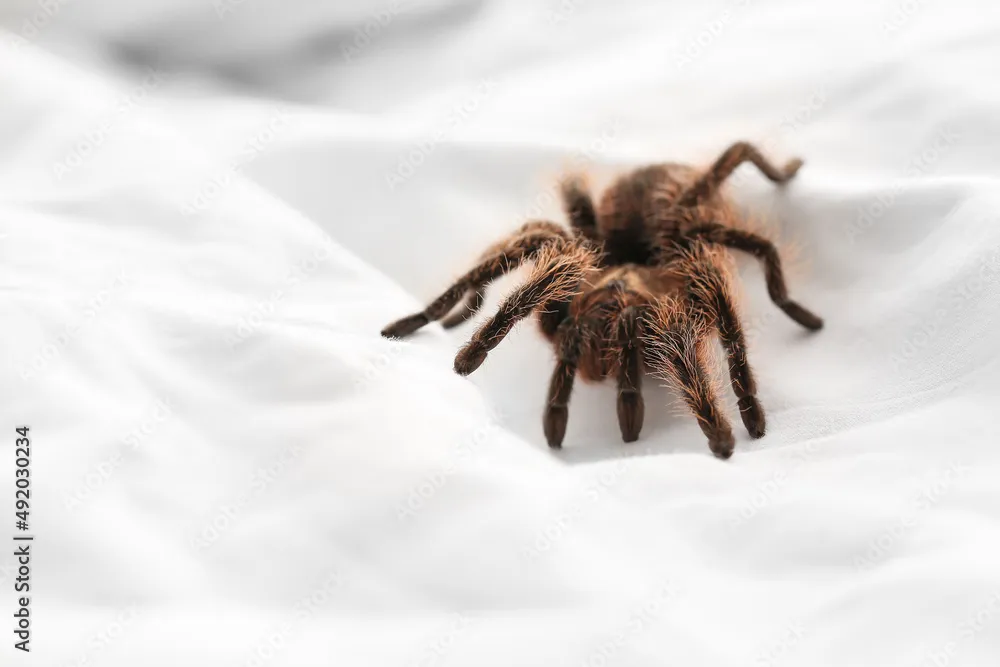
Handling tarantulas requires careful safety precautions and awareness of potential risks. Being informed about potential irritations and allergic reactions is crucial. The following sections provide vital information to ensure a safe and enjoyable experience.
Potential Irritations
Urticating hairs are a defense mechanism found on many tarantula species. When disturbed, these hairs can be flicked into the air, causing irritation to the skin, eyes, and respiratory system. The effects can range from mild itching to more severe reactions. If you handle a tarantula, be aware of the possibility of exposure to these hairs. Avoid touching your face or eyes while handling and wash your hands thoroughly afterward. If you experience irritation, seek medical attention if symptoms are severe.
Allergic Reactions
Some individuals may experience allergic reactions to tarantula venom or hairs. Symptoms can include skin rashes, swelling, and respiratory difficulties. If you have a known allergy to insect venom or other allergens, exercise extreme caution when handling tarantulas. If you experience any symptoms of an allergic reaction, seek immediate medical attention. Always prioritize your health and safety when interacting with these animals.
Best Practices for Interaction
Follow these best practices to ensure a safe and positive experience. Always handle a tarantula on a soft surface. Be slow and gentle with your movements, and avoid any sudden actions. Always supervise children when they are interacting with the tarantula. Familiarize yourself with the species. If you are unsure about handling a tarantula, consult with an experienced keeper. By following these guidelines, you can safely appreciate the unique experience of feeling a tarantula.
